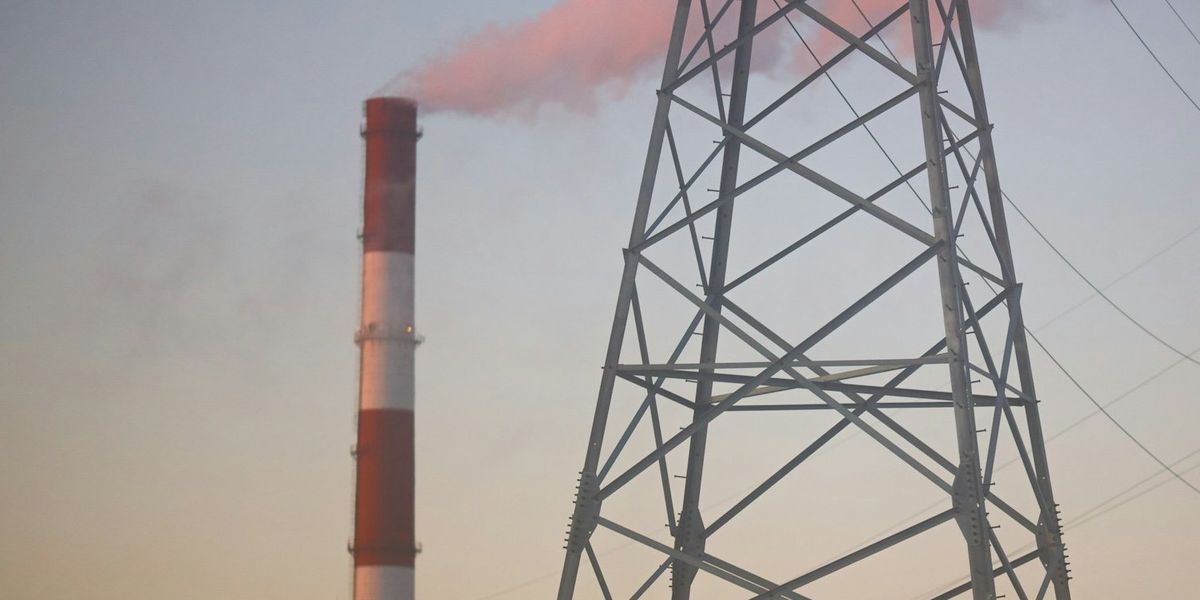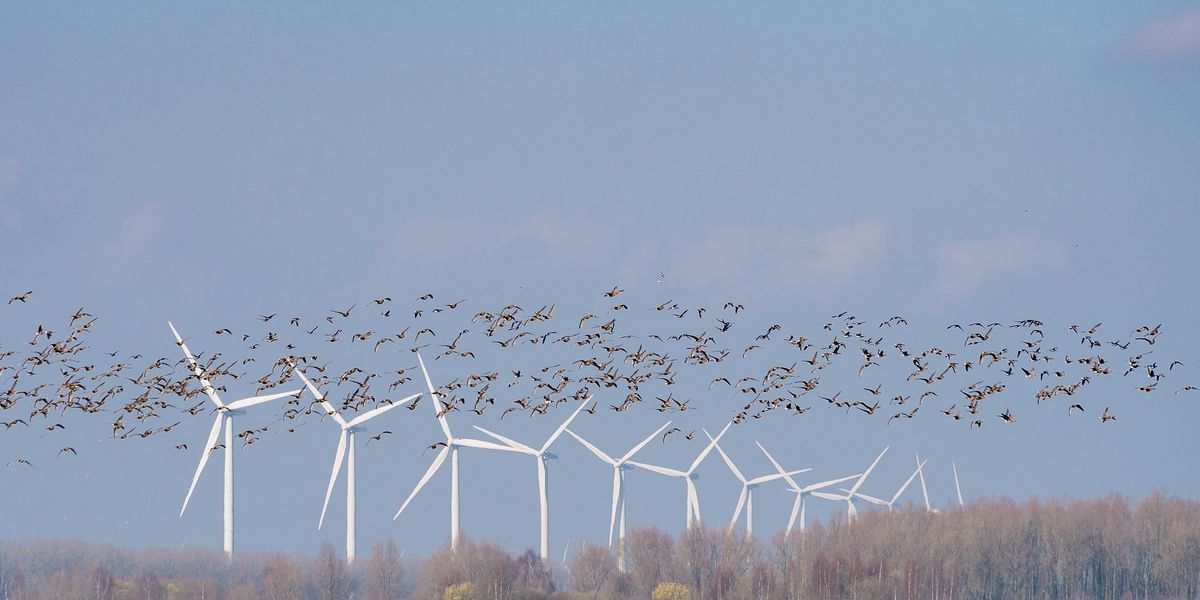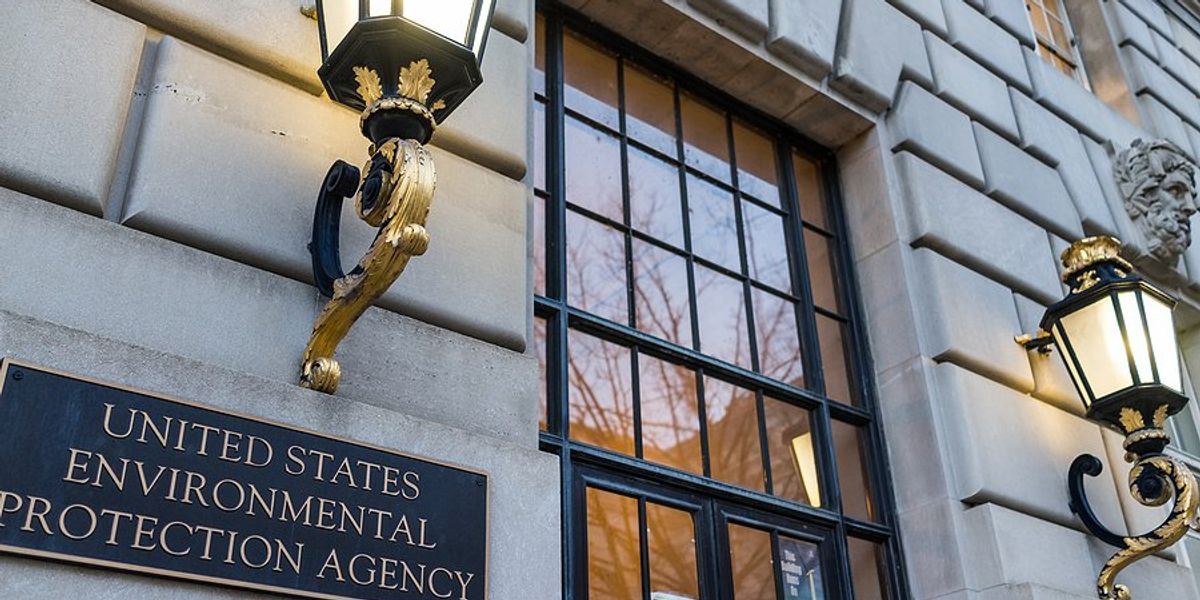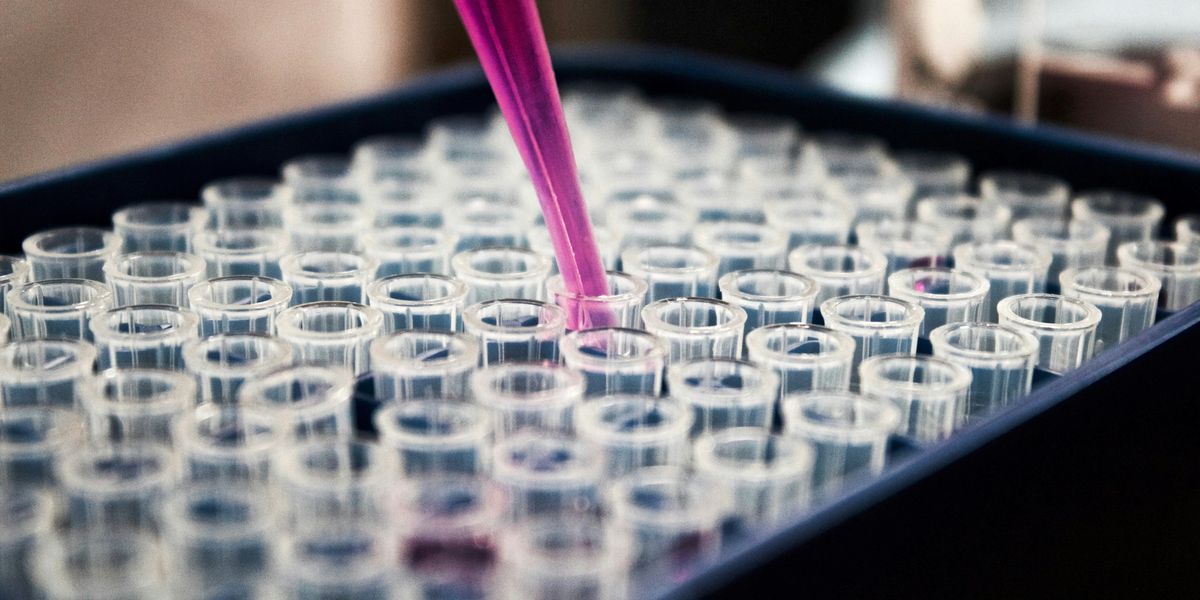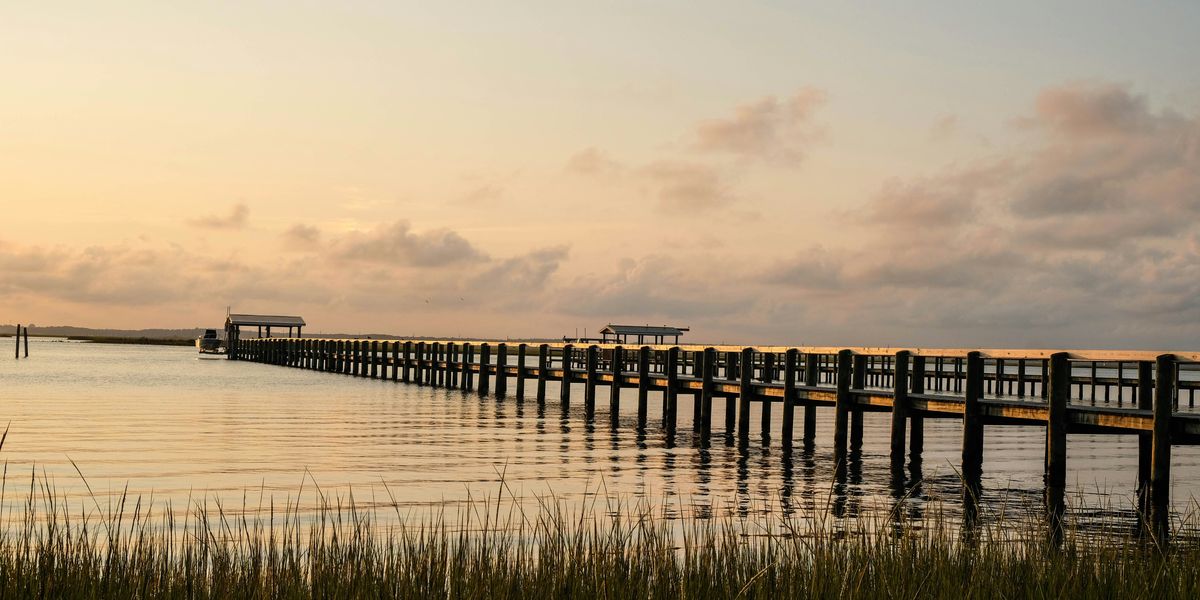
Climate extremes drag Chesapeake Bay health grade down after previous gains
The health of the Chesapeake Bay declined in 2025 after extreme rainfall and heat disrupted nutrient flows and oxygen levels, reversing some of the estuary’s recent environmental progress.
Brian Witte reports for The Associated Press.
In short:
- The University of Maryland Center for Environmental Science downgraded the Chesapeake Bay’s health grade from a C-plus to a C, citing erratic weather, including droughts and intense rainstorms, as a key driver.
- Hotter temperatures and extreme runoff caused excess nitrogen and phosphorus to flow into the bay, fueling harmful algae blooms and stressing aquatic life due to lower oxygen levels.
- Long-term indicators still show improvement in dissolved oxygen and aquatic grasses, but water clarity and phytoplankton health are trending downward.
Key quote:
“Now sadly, this is kind of our future. This is the kind of weather patterns that are starting to become more common, which is drought punctuated by extreme events.”
— Bill Dennison, vice president for Science Application at the University of Maryland Center for Environmental Science
Why this matters:
The Chesapeake Bay’s health is a mirror for how climate change impacts both ecosystems and communities. As the largest estuary in the U.S., it supports fisheries, biodiversity, and millions of residents across six states and Washington, D.C. Rising temperatures and shifting precipitation patterns disrupt natural nutrient cycles, increasing runoff from farms and urban areas. These nutrients fuel algal blooms, which cloud water, choke off oxygen, and threaten crabs, oysters, and other marine life. Despite decades of progress through policy, restoration, and investment, the bay’s resilience is being tested by a climate reality of extremes. Understanding and tracking these changes is critical for protecting public health, local economies, and regional ecosystems.
Read more: Budget cuts could reverse Chesapeake Bay restoration progress

